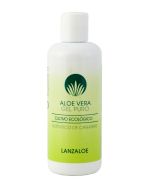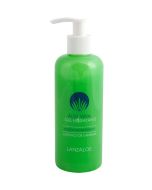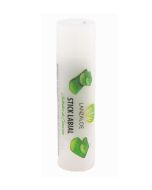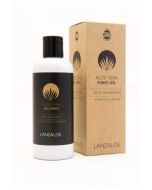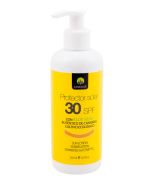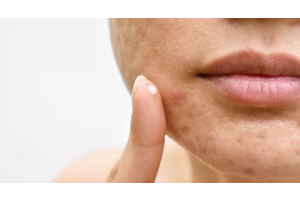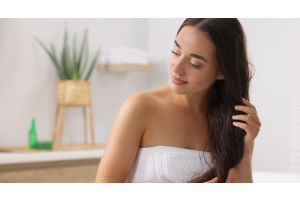Local Storage seems to be disabled in your browser.
For the best experience on our site, be sure to turn on Local Storage in your browser.
How to protect your skin from the sun?
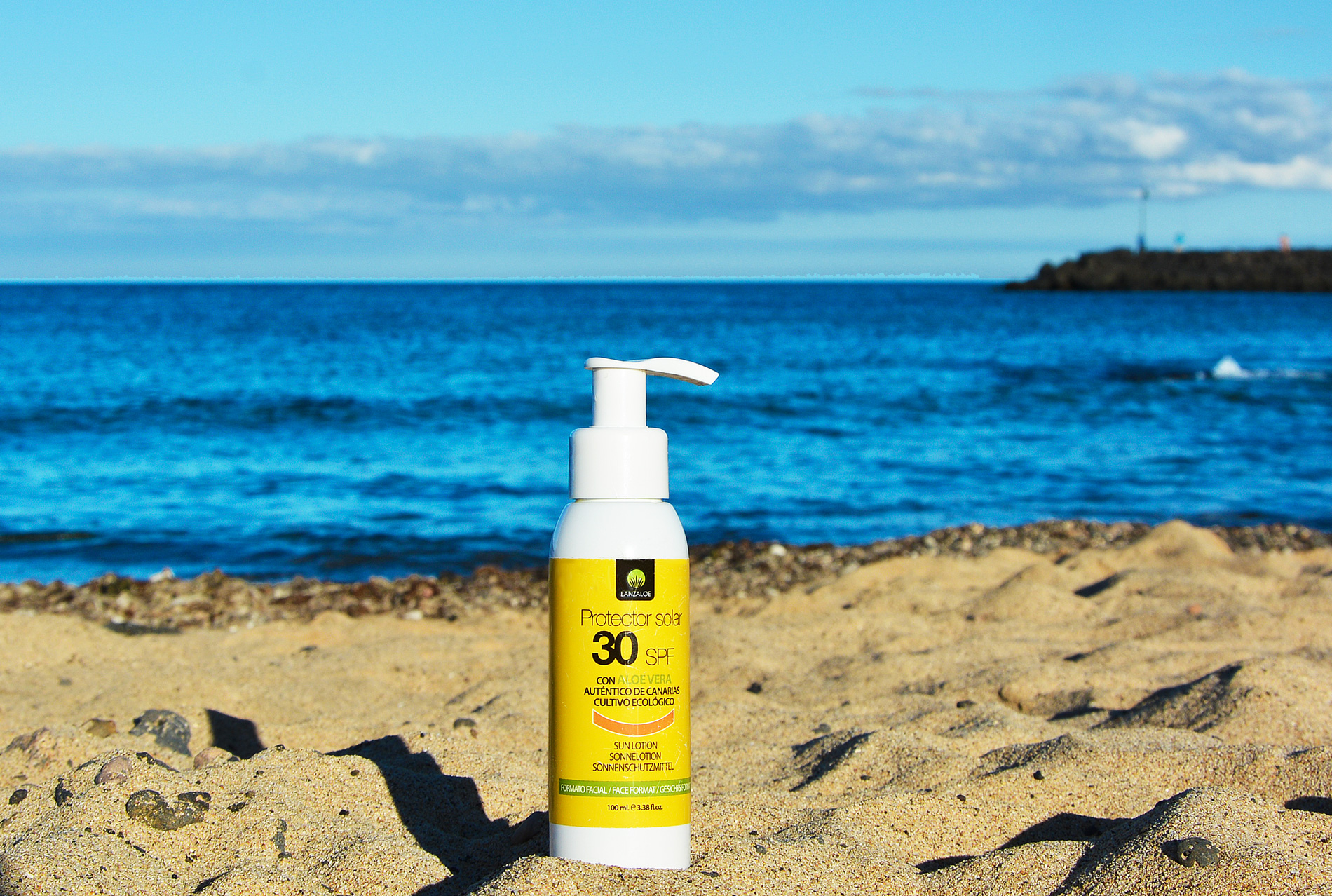
Sunbathing too much and not taking the right measures can cause burns and other skin problems of varying severity.
Although specialists are always warning of the dangers of prolonged exposure to the sun, without first putting on a good sunscreen, sunburn often occurs in the summer.
In many occasions it is habitual that when we begin to take the sun, we protect ourselves, but we forget many times after a bath to return to protect us with our sun block and it is here when we burn ourselves.
Sunburns are skin lesions that, in addition to causing pain, can leave scars, spots and other alterations difficult to erase. They are produced by the negative impact of the ultraviolet (UV) rays of the sun and their characteristics are similar to those caused by other sources of heat.
Depending on the degree of severity with which they occur, they can cause redness, blistering and even death of the underlying tissues of the skin. They also increase the risk of infections and other serious complications such as skin cancer.
These burns are usually mild, but it is important to know what to do if they occur.
Different investigations affirm that the gel of Aloe vera has a protective effect against the damage by radiation in the skin. After administration of aloe vera gel, an antioxidant protein, metalotionein, is generated in the skin, and eliminates hydroxyl radicals, prevents the suppression of superoxide dismutase and glutathione peroxidase in the skin. This prevents induced UV radiation.
For this reason our sunscreens besides the protection factor (15 or 30) contain the best natural protector: Aloe.
How to Prevent Sunburn?
Some measures that we always have to take into account to avoid sunburn, no matter how tanned we are:
1. You should not be exposed to the bright midday sun at the beginning of summer for more than 30 minutes, even if you have dark skin. In temperate zones, exposure before 10 a.m. and after 3 p.m. is considered less dangerous because more radiation responsible for burns is filtered out at this time.
2. Use a broad-spectrum sunscreen.
3. Apply 30 minutes before sun exposure.
4. Repeat every hour even if it is cloudy.
5. Apply again after swimming or sweating.
6. Seek protection from shadows or umbrellas.
7. Avoid exposure to the sun during the central hours of the day between 12:00 and 16:00.
8. Wear hats, scarves, sunglasses with UV protection and T-shirts to protect yourself.
What to do in case of a sunburn?
Once we feel the first symptoms of sunburn or suspect that we have been able to produce it, we must act as follows:
1. Drink plenty of water.
2. Refrigerate the lesion with running water at room temperature for several minutes or with the application of Aloe vera. Do not use ice under any circumstances, as this is counterproductive.
3. Use Aloe vera which has soothing and cooling ingredients of the skin. The crystal containing the Aloe vera plant is filled with water and essential nutrients that stimulate cell repair to restore sun-affected skin.
Its properties combat dryness and soothe irritation from first- and second-degree burns.
4. Avoid using ointments and lotions containing local anesthetics (benzocaine) and other sensitizing drugs, as they may cause irritation and increase the risk of allergic contact dermatitis.
5. If the skin is blistered, do not use oil-based products. They can block pores, prevent heat and sweat from escaping, and can cause infection.
6. Let the skin rest for several days before being exposed to the sun again.
How to Cure Burns with Aloe vera?
If the burn is severe, it means, second or third degree, the first thing to do is to go to the Emergency Department for treatment.
In the case of a first-degree burn, we can use Aloe vera in several ways:
Aloe vera is excellent for sunburn, since in addition to anti-inflammatory, it is attributed with healing and revitalizing effects. This thanks to its high concentration of vitamins, minerals and antioxidants.
Rich in water and antioxidants, its crystals deeply nourish the dermis and promote cellular activity to achieve optimal repair of damaged tissues.
Its content of isobarbaloin and cinnamic and salicylic acids gives it a calming effect. This decreases burning, pain and other symptoms resulting from the aggression of the burn.
As if that were not enough, it is a great ally to remove dead cells and impurities, thus facilitating the oxygenation process to promote a rapid recovery.
Aloe vera gel ice cubes are a very interesting solution against superficial burns caused by overexposure to the sun.
They serve to remove dead cells and nourish the areas that lost natural moisture due to the injury. They also help to prevent blemishes and scars, restoring a healthy appearance to the skin.
Skin treatment for burns:
1. Use a sunscreen that fits your skin.
2. For mild burns use Aloe vera with after-sun function.
3. For more serious burns use Aloe vera gel..
Let Aloe vera be your ally this summer!
Sources:
Aloe vera: A short review. Indian J Dermatol 2008;53:1636
Surjushe A, Vasani R, Saple D G.
Journal of Food, Agriculture & Environment Vol.8 (2): 2 4 5 - 2 4 9 . 2 0 1 0
Aloe vera: A plant for many uses
Efterpi V. Christaki * and Panagiota C. Florou-Paneri
1 Laboratory of Animal Nutrition, Faculty of Veterinary Medicine, Aristotle University of Thessaloniki, Thessaloniki, Greece.
